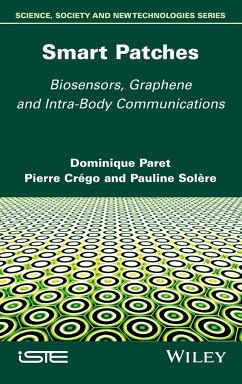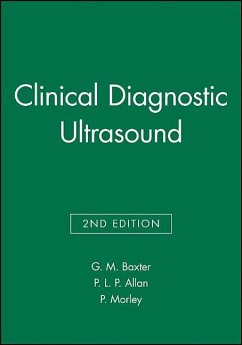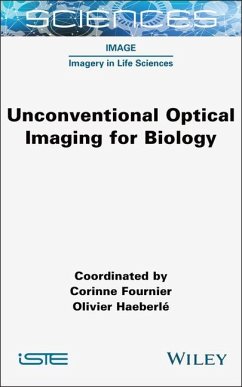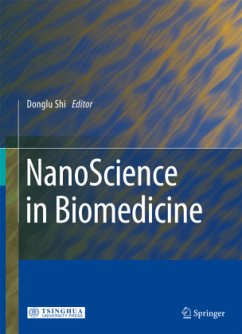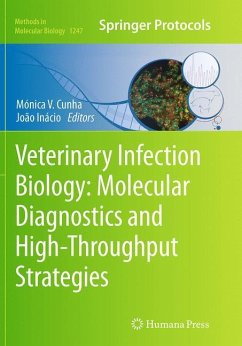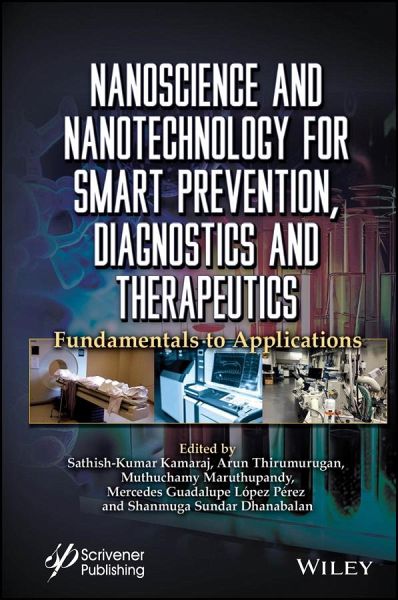
Nanoscience and Nanotechnology for Smart Prevention, Diagnostics and Therapeutics
Fundamentals to Applications
Herausgeber: Kamaraj, Sathish-Kumar; Dhanabalan, Shanmuga Sundar; Lopez Perez, Mercedes Guadalupe; Maruthupandy, Muthuchamy; Thirumurugan, Arun

PAYBACK Punkte
100 °P sammeln!
The book presents the fundamentals of nanomaterials, discusses the direct applications of nanomaterials to the biomedical sector, and explores the potential therapeutic applications of nanotheranostics. This book focuses on the fundamental features of various nanomaterials that are related to the development of biomedical technologies. These fundamental qualities are broken up into three parts: prevention, diagnostics, and therapeutics. When it comes to infectious diseases, prevention is of the utmost importance. Highly advanced nanomaterials including silver, titanium, graphene-based filters,...
The book presents the fundamentals of nanomaterials, discusses the direct applications of nanomaterials to the biomedical sector, and explores the potential therapeutic applications of nanotheranostics. This book focuses on the fundamental features of various nanomaterials that are related to the development of biomedical technologies. These fundamental qualities are broken up into three parts: prevention, diagnostics, and therapeutics. When it comes to infectious diseases, prevention is of the utmost importance. Highly advanced nanomaterials including silver, titanium, graphene-based filters, and copper nanoparticles are used to fight infectious illnesses. Once the symptoms have been recognized in the patients, through the use of effective and straightforward nanodiagnostic techniques, the diseases can be accurately localized in either a qualitative or quantitative manner. Nanodiagnostics tools currently dominate the field of biomedical diagnostics because of their high degree of accuracy, low requirement for samples and reagents, user-friendliness, portability, and capacity to perform point-of-care (POC) applications. Nanomaterials are widely used in imaging due to many factors, including: their signal generation and amplification abilities; the ongoing development of reliant new imaging techniques, such as photoacoustic imaging and Raman imaging; their targeting potential, due to the possibility of functionalizing their surface with cancer-targeting moieties; their multimodality, since some nanomaterials can generate signals for more than one imaging technique; and their affordability. Modern therapeutics explores the various nanotechnological advances to cure the site-specific cancer treatment most prominently. The book explores the fundamentals of nanomaterials and discloses their direct application to the biomedical field. Finally, the book discusses future therapeutic applications of nanotheranostics. Audience The book will be read by scientists, researchers, and post-graduate students in the biomedical-related engineering field, nanoscience and nanotechnology, materials science, and bionanotechnology.




